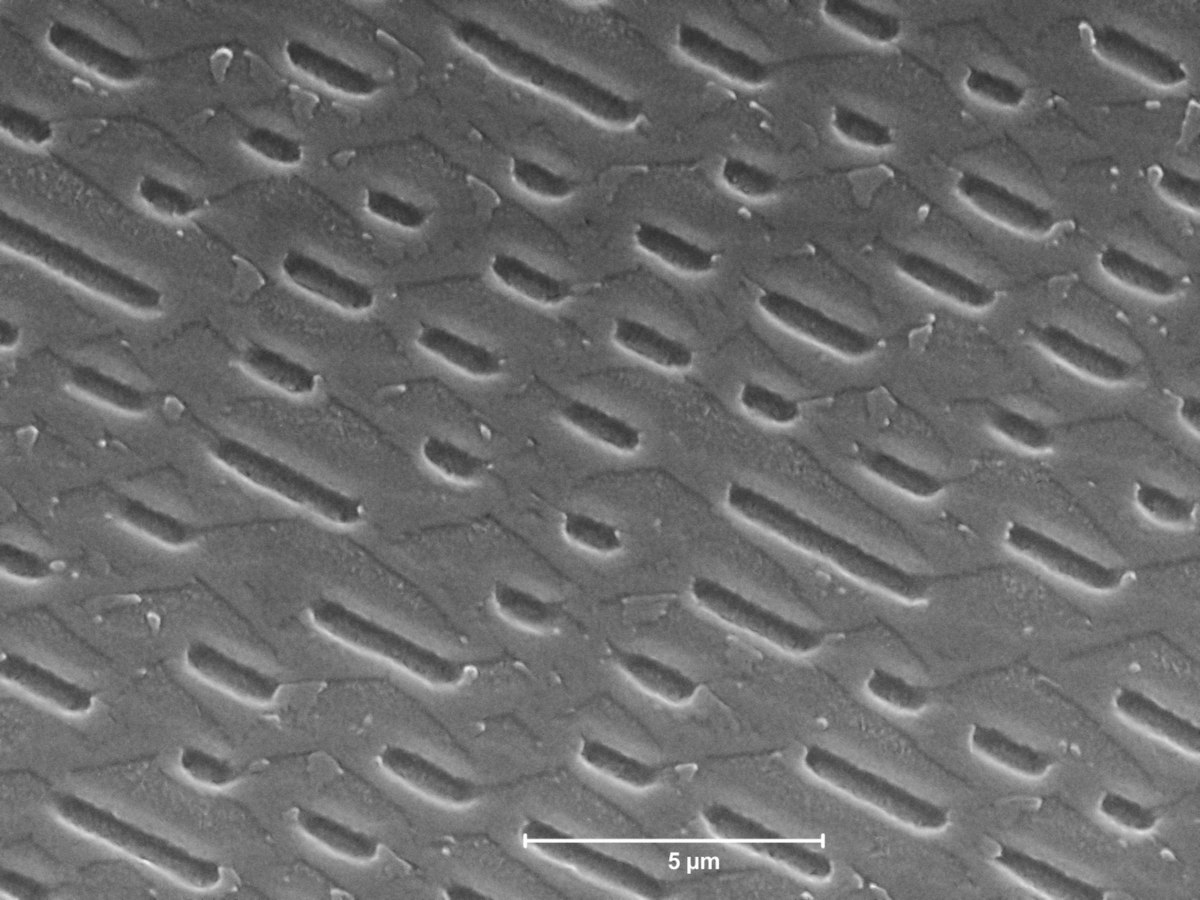In the age of wireless technology and streaming services, CDs could be considered an obsolete medium, primarily used by 21st-century Luddites clinging to a way to play their tragically untrendy music. However, for an invention that’s over 40 years old, compact discs are pleasantly sophisticated technology (if you look closely).
The rest of this article is behind a paywall. Please sign in or subscribe to access the full content.
CDs (compact discs) simply work by using a laser to read digital information etched onto their surface in minuscule patterns.
This information is encoded as a sequence of tiny depressions (called pits) and flat areas (lands) which together represent binary data (basically 1s and 0s). The pits are absolutely minuscule, measuring just a few micrometers in length (1 micrometer = 0.001 millimeters), so you won’t be able to see them with the naked eye.
When a fine laser beam scans the disc, the light reflects differently depending on whether it strikes a pit or a land. These variations in reflection are transformed into electrical signals, which are then interpreted as music, video, or other types of digital data.

Scanning electron microscope image of data pits pressed in the compact disk.
DVDs work on a very similar principle to CDs, although the pits are even smaller, allowing even more data to be stored on the disc, hence why they are used for video rather than audio.
People who were cognizant in the 2000s may also remember the CD-RWs, aka the Compact Disc-ReWritable, which let you “burn” your own copies onto blank discs. They operate on a similar principle, but with a twist. Instead of pits and lands, a thin layer of bluish, photosensitive organic dye sits on top of a reflective layer, often made of gold. When a powerful laser strikes the dye, it heats (that’s why it was called “burning” a CD) the reflective layer beneath, causing tiny deformations. These deformations encode the data, allowing the disc to be rewritten multiple times.
Much of this concept will feel familiar to vinyl enthusiasts, as this technology uses a stylus to read the grooves and indentations on a record. The key difference is that CDs and DVDs replace the physical needle with a laser, translating microscopic patterns into digital signals instead of analog sound waves.
Given that vinyl records are the direct descendants of technology invented over a century ago, it’s remarkable that music lovers continue to seek them out for their rich, warm sound quality (but let’s not get started on whether it’s better quality).
Source Link: People Are Only Just Learning How CDs Play Music